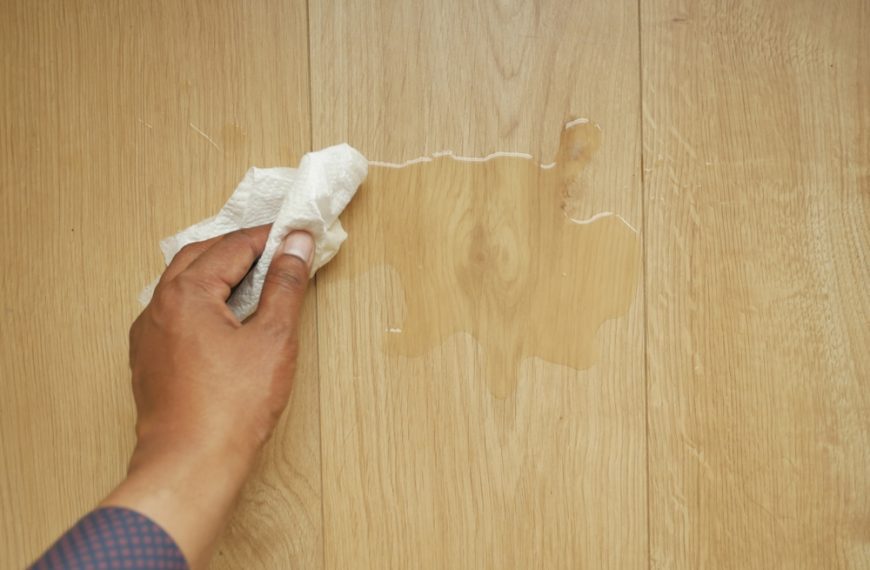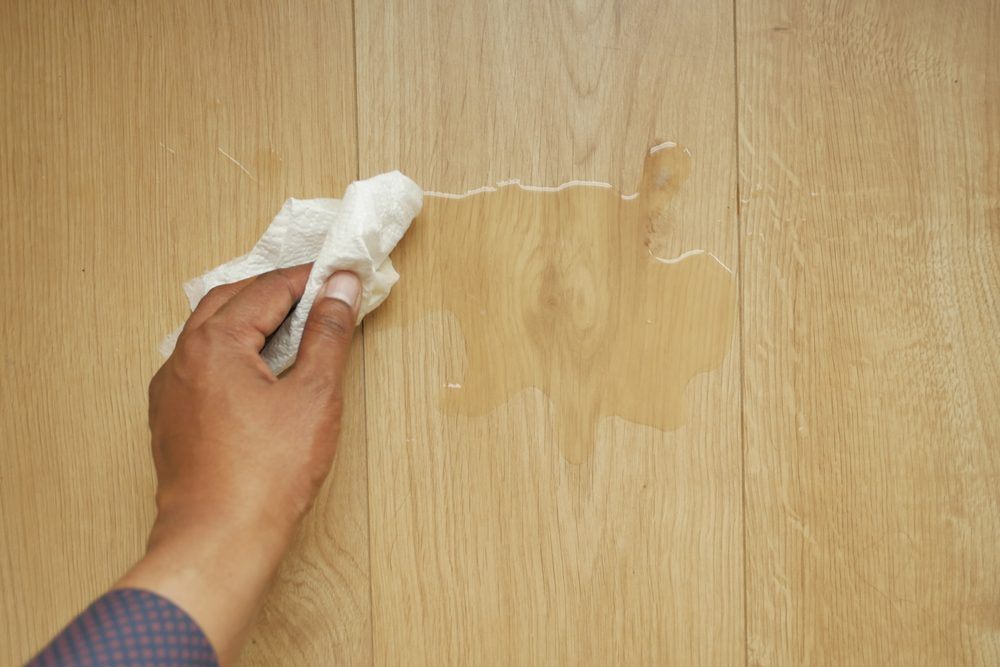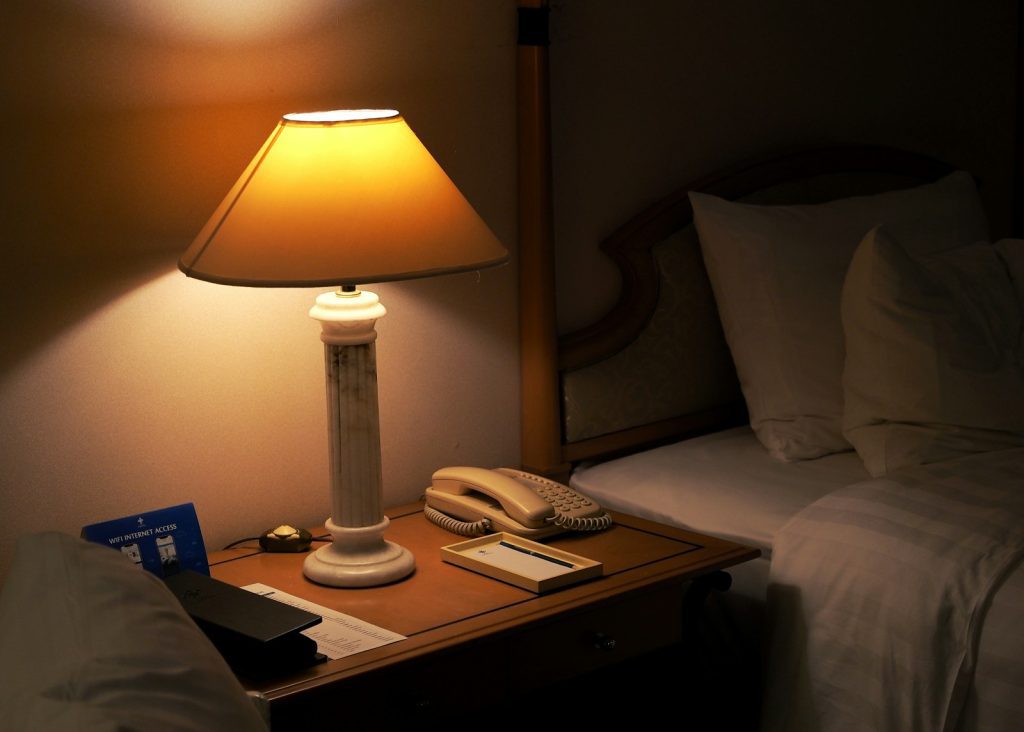When you’re exploring antiques, it’s easy to come across items that look suspicious or too perfect, making you wonder if they’re real or fake. Some antiques might raise doubts because of their condition, design, or unusual features.
Understanding which pieces are genuinely old, even when they don’t fit your usual expectations, can save you time and prevent you from missing out on authentic treasures. This article is designed to help you recognize those antiques that may look misleading but are actually legitimate and valuable.
Arts and Crafts furniture with uneven paint and refinished surfaces
You might spot Arts and Crafts furniture with uneven paint or signs of refinishing and wonder if it’s real. These imperfections are often normal. Many pieces were repainted or touched up over the years, sometimes by owners or restorers aiming to preserve or enhance the wood.
Uneven paint can show the character of how it aged and was cared for. Refinishing may reveal the original craftsmanship beneath layers of wear. These details don’t mean the furniture is fake—they often tell its story and add to its charm.
Victorian jewelry with intricate, handmade clasps
When you hold Victorian jewelry, pay close attention to the clasps. Many feature delicate, handmade designs that show skilled craftsmanship. These clasps can be push, sliding, or bare-metal types, each adding charm to the piece.
You might notice clasps shaped like hooks or boxes. Though less common, they highlight the era’s attention to detail. Checking for hallmarks or stamps on the clasp can also help confirm authenticity.
These clasps aren’t just functional—they tell a story about the jewelry’s history. So, when you find a Victorian piece, don’t overlook the clasp. It often holds the key to its true value.
Early American quilts showing irregular stitching
When you look at early American quilts, you might notice the stitching isn’t perfectly even. This irregularity is common because many were hand-sewn by individuals without formal training.
Your eye might tell you the quilt looks “off,” but that is actually part of its charm. These uneven stitches reflect the personal effort and time put into each piece.
Keep in mind, these quilts were made for warmth and practicality, not perfect lines. So, when you see irregular stitching, you’re seeing authentic history stitched right in.
19th-century handwoven baskets with natural wear
You might come across 19th-century handwoven baskets that look almost too perfect to be real. These baskets were crafted from natural materials like wicker, cane, or straw, which age over time.
The natural wear you see—such as patina, slight discoloration, or frayed edges—is a sign of their genuine age. This wear adds character and shows the basket’s long history of use.
When you hold one, the delicate weaving and traditional craftsmanship stand out. These baskets blend practicality with artistry, making them fascinating antiques despite their worn look.
Hand-forged wrought iron tools with pitting and rust
When you see hand-forged wrought iron tools with rust and pitting, it’s easy to think they might be fake. But those signs actually show authenticity and age. The small pits and surface rust are normal for tools that have been used and weathered over time.
You’ll notice these tools were crafted by early blacksmiths, often with unique designs and strong construction. Their imperfections are part of their story, not flaws. Owning such a piece lets you connect with genuine history while appreciating skilled craftsmanship.














